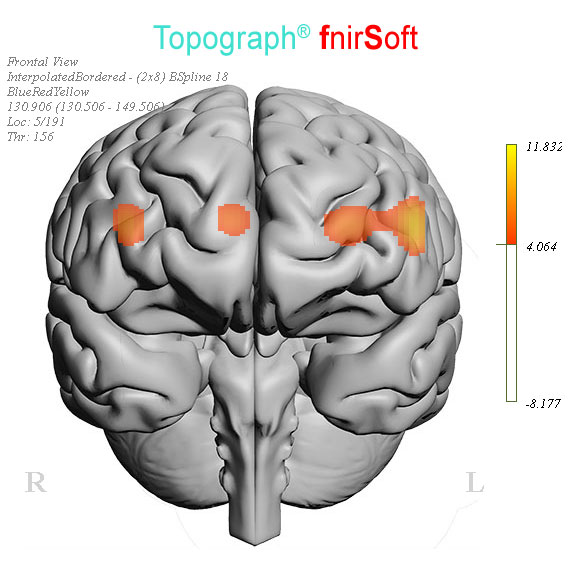HMD Plus Sensors for fNIRS and/or B-Alert

Head mounted displays (HMD) are often utilized in virtual reality protocols. Measures such as fNIRS, EEG, and Cognitive State are also useful, and sensors for such measurements must be placed on the participant’s head along with the HMD. Maintaining participant comfort as well as field of view is critical for such studies to provide meaningful results.
BIOPAC has a unique solution for using fNIRS under a VR helmet. Due to the very thin and flexible sensor design, our fNIRS sensor fits comfortably under most head-mounted displays. See above how the sensor fits with the Oculus Quest 2, VIVE, and HP Reverb G2 Omnicept. In addition, our wireless fNIRS system allows for the fNIRS Imager device to be worn on the upper arm, eliminating the need to placed extra hardware on the head. You can even combine fNIRS and a B-Alert X Series wireless EEG headset for untethered, lightweight measurement. Additional benefits of using BIOPAC’s fNIRS solution in VR include real-time streaming of oxygenation and raw data to the virtual environment to enable neurofeedback.




Testing
The comfort and fit of an HMD with additional sensor(s) was tested.
HMD
Popular HMDs include HP G2, Oculus Quest 1 and 2, Rift S, Varjo, and Vive. Three were selected for this test, additional HMD units will be added as testing goes on.
- HP Reverb
- Oculus Quest 2
- Vive Pro
Sensor(s)
- fNIRS Sensors 18-optode sensor; 6-optode sensor
- B-Alert X-Series EEG
Results
fNIRS and B-Alert sensors did not block the field of view of an individual wearing either device in a VR headset.
They all fit relatively comfortably under all three headsets.
- HP Reverb was considered the most comfortable in this test (and generally) given it has a padded, adjustable headband and is lightweight
- Vive Pro had similar results but is slightly less comfortable since it weighs more
- Quest 2 was slightly less comfortable given it is just elastic straps holding the headset in place; it felt the least secure when both EEG and fNIRS were used, but this could be alleviated by really tightening the head straps

Stay Connected